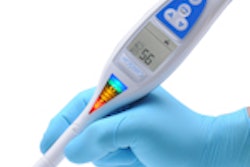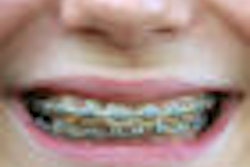Conventional and digital radiography and the visual caries classification system are comparable in detecting proximal caries, but microcomputed tomography is not a reliable alternative to histological examination for caries assessment, according to a study in the Journal of Dentistry (November 2010, Vol. 38:11, pp. 859-867).
Researchers from National and Kapodistrian University of Athens compared the visual caries classification system (International Caries Detection and Assessment System [ICDAS II]) with conventional and digital radiography for diagnosing noncavitated caries on free proximal surfaces. They also looked at the potential for microcomputed tomography to replace histological exams for in vitro caries assessment.
The researchers sectioned 20 teeth and assessed the depth of the lesion. The modalities were compared in terms of degree of interexaminer agreement, sensitivity, specificity, accuracy, positive and negative predictive value, and validity.
Visual examination (ICDAS II) reached significantly higher sensitivity (0.92-0.96) and negative predictive value (0.9-1) than radiography, the researchers found. Likewise, the radiographic modalities presented significantly higher specificity (0.93-1) and positive predictive values (0.92-1) than the ICDAS II criteria.
"The ICDAS II criteria are a promising tool for caries diagnosis on free proximal surfaces, and digital radiography and conventional radiography present comparable performance," they concluded. However, microcomputed tomography "is not capable of constituting a reliable alternative to histological examination for caries research," they noted.
Copyright © 2010 DrBicuspid.com



















